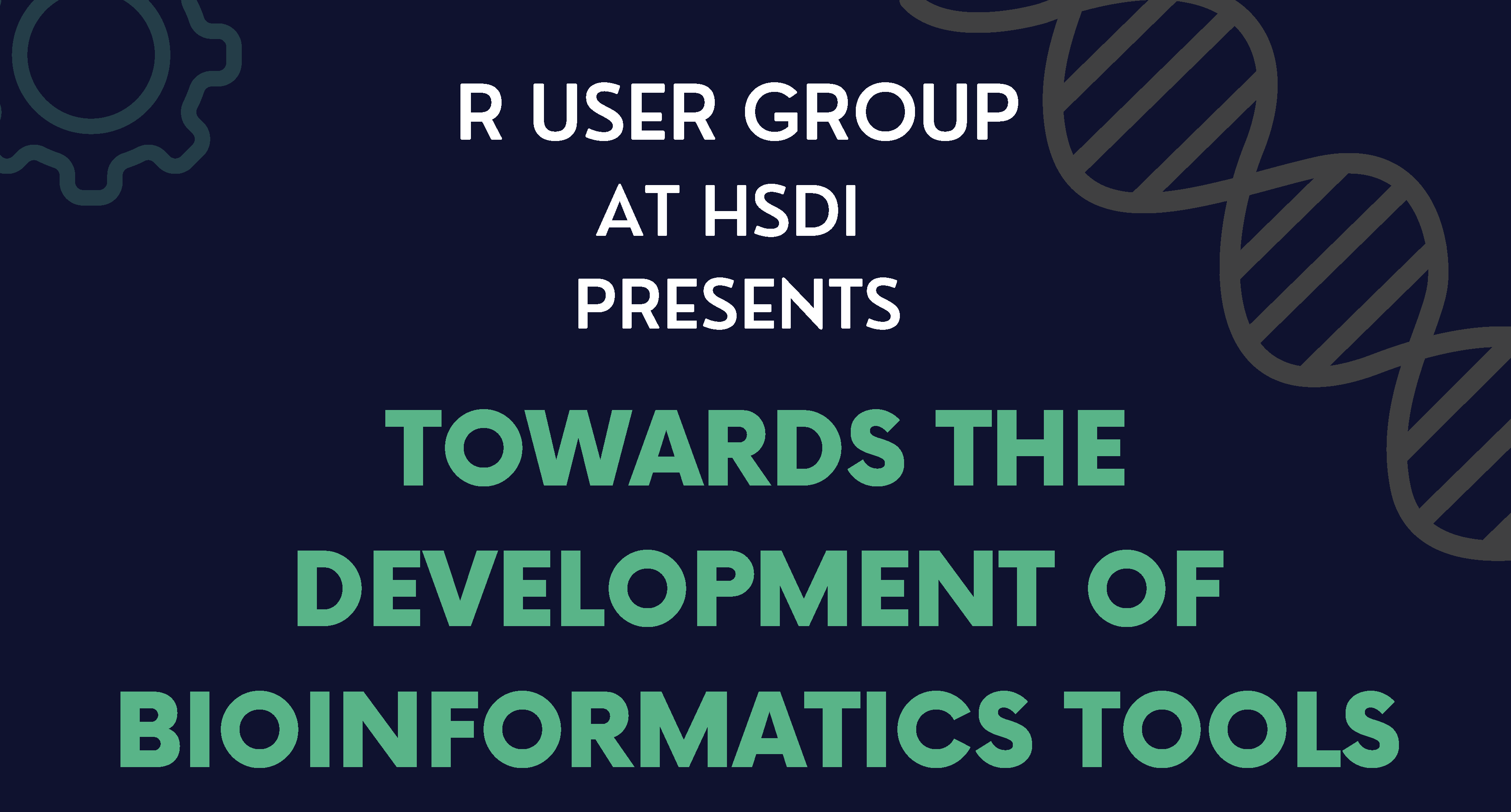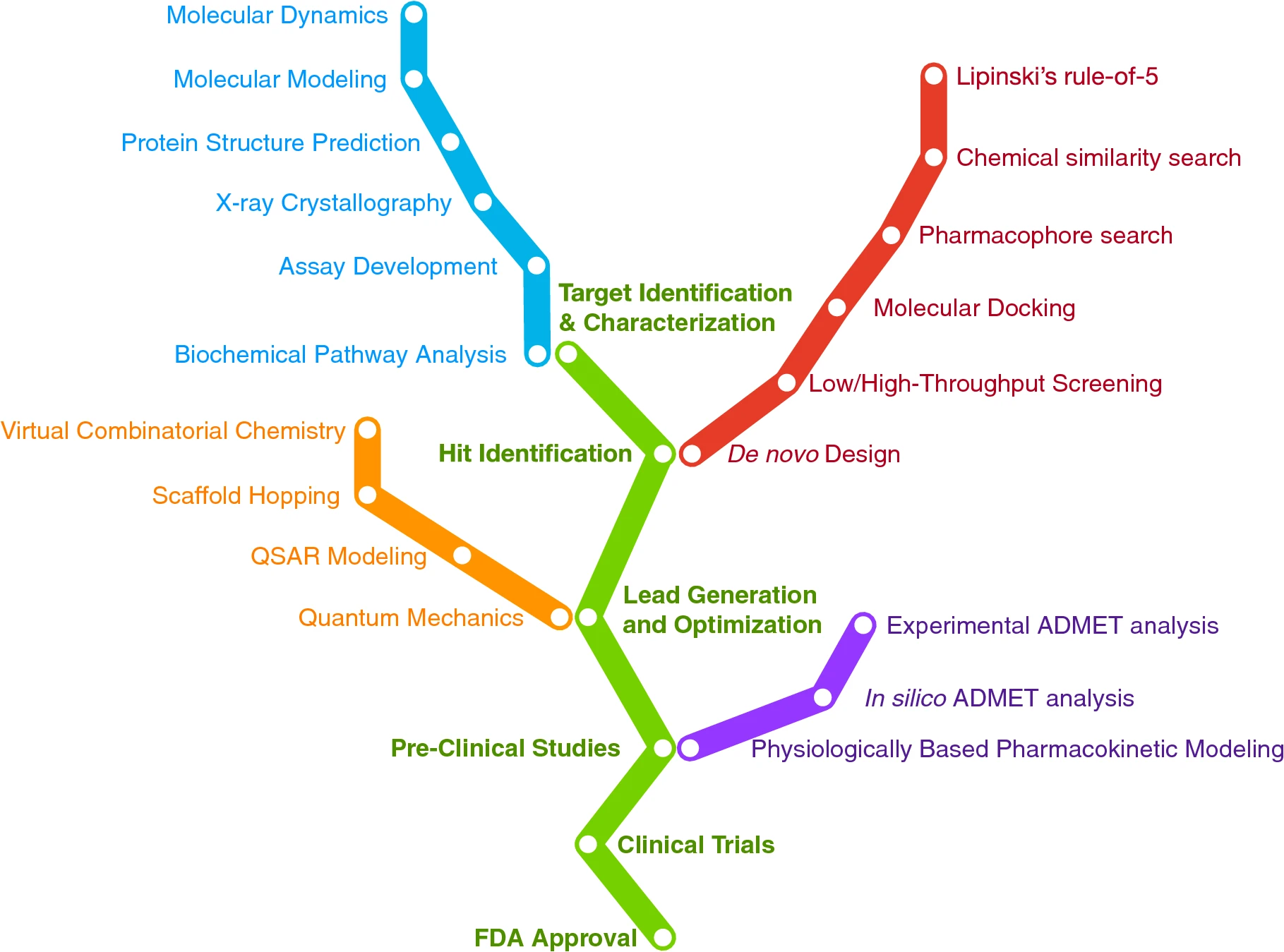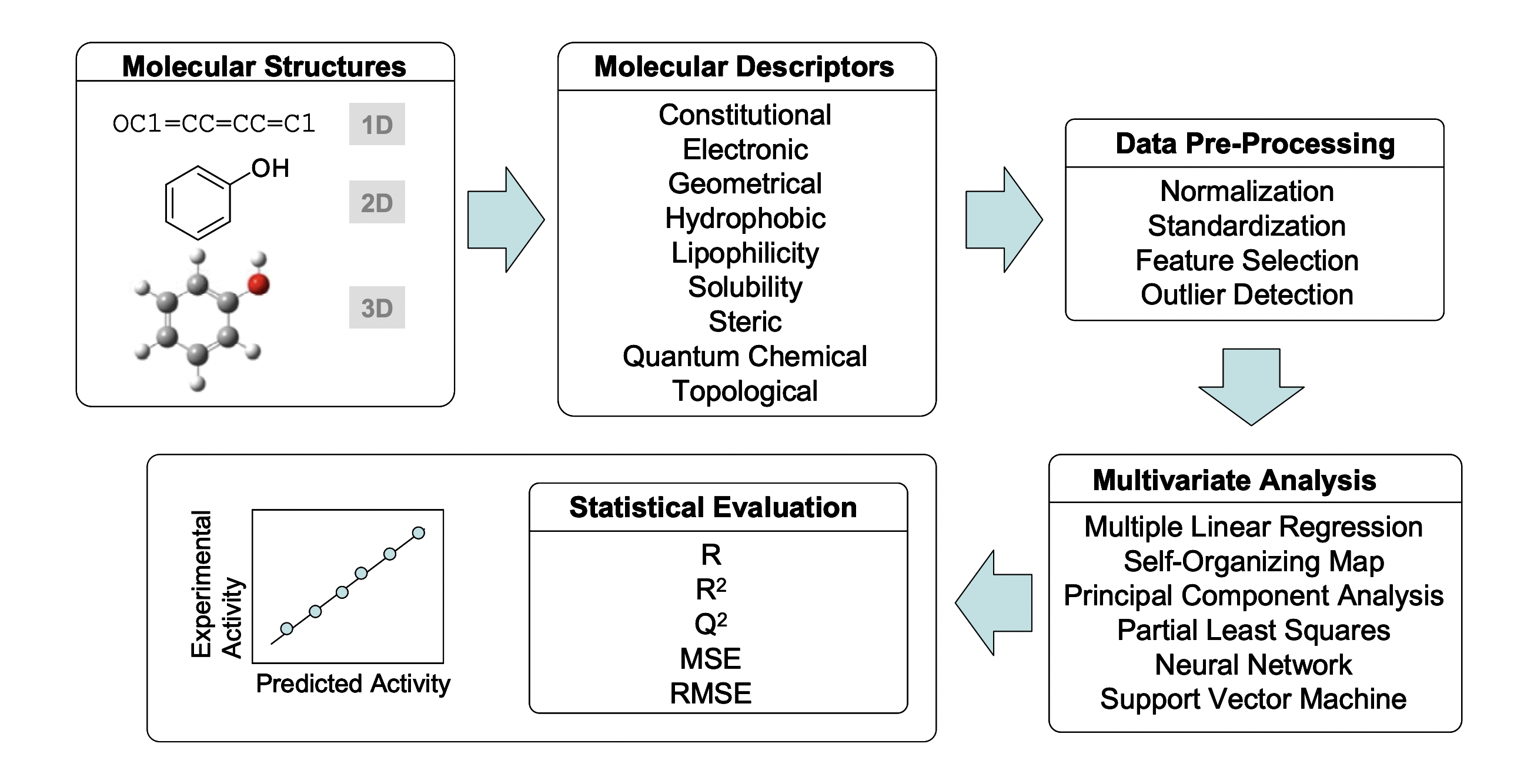About Me
Get to know the person behind the content

Chanin Nantasenamat, PhD
Chanin is a Senior Developer Advocate at Snowflake Inc. where he creates educational content on the development of data apps with Streamlit and Snowflake. Prior to working in tech, he was a full Professor of Bioinformatics where he heavily relied on Python coding in conducting research and teaching bioinformatics.
On the side, he creates educational content in data science and AI on his YouTube channel called the Data Professor since 2019. Collectively, all of his educational videos had received more than 10 million views on YouTube.
Recently, he had launched a course on Fast Prototyping of GenAI Apps with Streamlit in collaboration with DeepLearning.AI × Snowflake.
Latest Blog Posts
Deep dives into technology trends, tutorials, and industry insights

| Best Practices for Building GenAI Apps with Streamlit |
May 23 2025 |
Streamlit makes it incredibly easy to turn your Python scripts into interactive web apps give you the opportunity to showcase your powerful GenAI apps./This post will walk you through key strategies to build more robust, scalable, and responsible GenAI apps with Streamlit. |

| Overview of Snowsight: Snowflake's Web Interface |
August 12, 2025 |
Are you still jumping between multiple tools to manage your data? What if there was one unified platform to ingest, query, analyze and even build apps directly from your browser? Whether you're a data analyst, an engineer, or a business user, understanding Snowsight is crucial for maximizing your productivity and managing your data like a pro.... |

| Developer's Guide to Modin and Snowflake Cortex |
July 25, 2025 |
Have you ever wanted to supercharge your data processing with AI while working in a familiar pandas environment? Many data teams struggle with integrating advanced AI capabilities into their existing data workflows without compromising performance or requiring complex infrastructure changes. Snowflake Cortex provides a solution by enabling seamless integration of powerful AI capabilities directly into Modin DataFrames within the unified Snowflake ecosystem.... |
August 12, 2025
July 25, 2025
June 13, 2025
June 11, 2025
YouTube Videos
Video tutorials, tech reviews, and coding walkthroughs
| Build an LLM-Powered Voice Agent in Python |
July 16, 2025 |
In this video, you'll build a Do It Yourself LLM-powered voice agent in Python that you can chat to verbally. This voice agent retains memory throughout the conversation and performs both speech-to-text (transcription) and text-to-speech (speech synthesis). With this voice agent, you can chat with the LLM hands-free like you would with a friend! There's lots to customize here and make your own voice agent, watch the video and find out how! |
| Bioinformatics Project from Scratch PART 2 - Preparing ... |
June 01, 2025 |
In this video, you'll learn how to prepare and clean bioactivity data for the aromatase inhibitors in Python using the RDKit library. We'll cover the process of loading data from the CHEMBL database, removing duplicate molecules, and standardizing SMILES notations (a string representation of a molecule) in order to create a high-quality, non-redundant dataset suitable for machine learning model building and further data analysis. |
| Building a Call Center Analytics Pipeline in Python |
April 30, 2025 |
In this video, you'll learn how to create an end-to-end call center analytics workflow using Assembly AI and Python. We'll walk you through the process of transcribing audio, identifying speakers, analyzing sentiment, and visualizing the results using heat maps. The tutorial covers key concepts such as API integration, natural language processing, and data visualization techniques to extract meaningful insights from call center conversations. |
July 16, 2025
April 30, 2025
February 11, 2025
Conference Talks
Speaking engagements, workshops, and presentations at industry events

| Symposia on AI in Dental EducationPanel Talk |
2nd Global Symposium on Artificial Intelligence in Dent ... • Nov 15, 2025 |
Exploring the thought process that goes behind the compilation and curation of bioactivity datasets, building machine learning models and deploying it as a web app using Shiny in R as well as Streamlit in Python. |

| Towards the Development of Bioinformatics Tools |
The R User Group, Harvard Data Science Initiative • Jan 12, 2023 |
Exploring the thought process that goes behind the compilation and curation of bioactivity datasets, building machine learning models and deploying it as a web app using Shiny in R as well as Streamlit in Python. |

| From DNA to UI: Connecting the Dots between Theory and ... |
3rd Annual Meeting of Chilean Bioinformatics Society • Nov 26, 2024 |
In this talk, we'll explore my academic and tech careers that led me to connect the dots between theory and application in bioinformatics. |
2nd Global Symposium on Artificial Intelligence in Dentistry • Nov 15, 2025
The R User Group, Harvard Data Science Initiative • Jan 12, 2023
3rd Annual Meeting of Chilean Bioinformatics Society • Nov 26, 2024
Snowflake BUILD 2025 • Nov 7, 2025
Budapest BI Forum 2023 • Nov 22, 2023
Research Papers
Academic contributions and technical research in emerging technologies

| Building bioinformatics web applications with Streamlit |
Cheminformatics, QSAR and Machine Learning Applications ... • 2023 |
In recent years, we have witnessed an exponential growth in the generation of data in the biological sciences. To harness such big biological data, computational and machine learning pipelines have become instrumental for exploratory data analysis, predictive modeling, and data-driven decision-making. Open-source web development frameworks like Streamlit enable the scientific community to build and share web applications by using less code, thereby speeding up research and development. This chapter explores the usage of Streamlit for the development of software and tools in the field of bioinformatics. |

| Towards reproducible computational drug discovery |
Journal of Cheminformatics • 2020 |
The reproducibility of experiments has been a long standing impediment for further scientific progress. Computational methods have been instrumental in drug discovery efforts owing to its multifaceted utilization for data collection, pre-processing, analysis and inference. This article provides an in-depth coverage on the reproducibility of computational drug discovery. This review explores the following topics: (1) the current state-of-the-art on reproducible research, (2) research documentation (e.g. electronic laboratory notebook, Jupyter notebook, etc.), (3) science of reproducible research (i.e. comparison and contrast with related concepts as replicability, reusability and reliability), ... |

| A practical overview of quantitative structure-activity ... |
EXCLI Journal • 2009 |
Quantitative structure-activity relationship (QSAR) modeling pertains to the construction of predictive models of biological activities as a function of structural and molecular information of a compound library. The concept of QSAR has typically been used for drug discovery and development and has gained wide applicability for correlating molecular information with not only biological activities but also with other physicochemical properties, which has therefore been termed quantitative structure-property relationship (QSPR). Typical molecular parameters that are used to account for electronic properties, ... |
Cheminformatics, QSAR and Machine Learning Applications for Novel Drug Development • 2023
Journal of Cheminformatics • 2020
EXCLI Journal • 2009
Biomedical Research International • 2022
Media Kit
Comprehensive audience demographics and reach statistics


